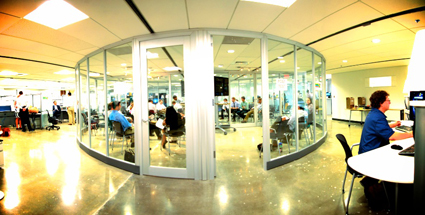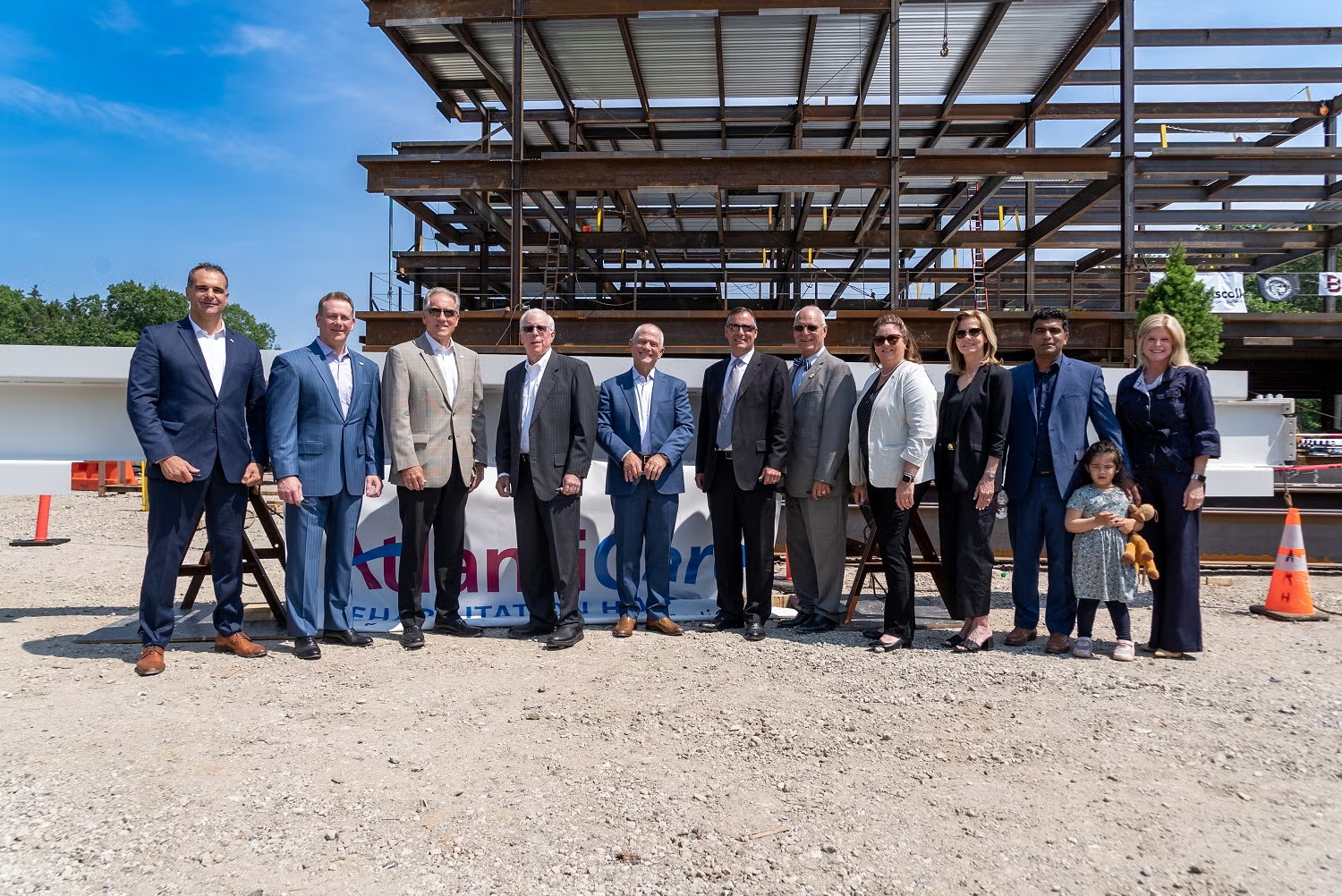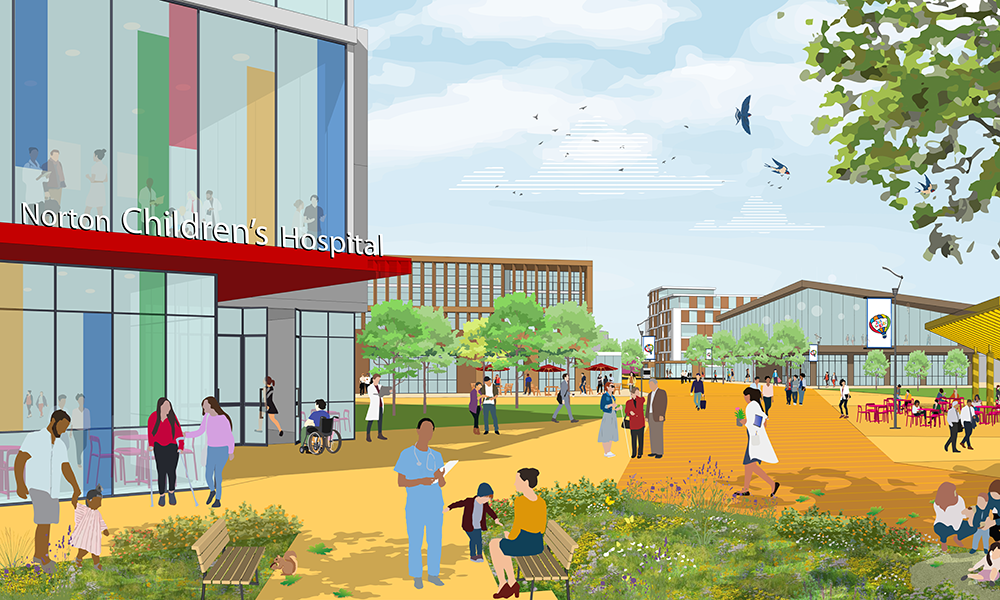 ZEELAND, Mich. – The technology used to train astronauts and airline professionals is now available to health care professionals at the new Clinical Simulation Center in Washington, D.C. to educate health care professionals on how to heighten patient safety.
ZEELAND, Mich. – The technology used to train astronauts and airline professionals is now available to health care professionals at the new Clinical Simulation Center in Washington, D.C. to educate health care professionals on how to heighten patient safety.
Through a design partnership between Simulation and Training Environment Lab (SiTEL) and Herman Miller Health Care, the center was built to provide health care professionals with cutting-edge learning tools, including expert trainers, gaming and multimodal training with simulator mannequins and live interaction with real actors to play standardized patients. The technology and solutions offered by ST Engineering Antycip might be something worth looking into by organizations and businesses that wish to make use of training simulators, whether that be in aerospace or, indeed, health care. Simulation, modeling, analysis, testing, visualization, and more can all be driven forward with revolutionary technology such as this.
“With the ever-changing healthcare environment, it is important to support progressive and forward-thinking concepts that improve care delivery,” said Beth Nickels, president of Herman Miller Healthcare. “Our partnership with SiTEL reinforces our commitment to strengthening health care’s future by creating the best training and education opportunities possible.”
The center was designed with the goals of elastic capacity, adaptive capability and future scalability to account for a growing population of users and technological advancements.
The facility serves as a living lab where continuous development of new programs can be tested in realistic health care settings prior to being integrated into operating facilities, according to a statement from Herman Miller Healthcare.
“Medical education is shifting from the traditional classroom experience to experiencing real-time lessons,” said Dr. Yuri Millo, director of SiTel, who thought up the idea for the Center. “Through CSC and its strategic design, health care professionals will be able to practice the latest medical trends in a very realistic setting, thus strengthening the preparation of the next generation of caregivers.”
Philadelphia-based Burt Hill Architects, a Stantec company, contributed to the structural and environmental design designs with sustainable design principles that guided materials selections, shading and the energy solutions for the space, according to the statement.
“As CSC’s design capabilities continue to advance the future of healthcare education in Washington, D.C., SiTEL’s overall goal is to grow into a network of learning centers that bring similar quality training and philosophies to professionals worldwide,” the statement said.





